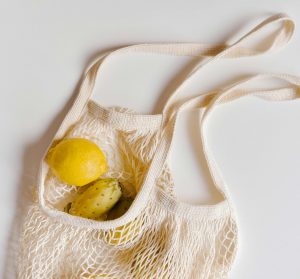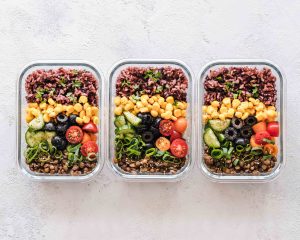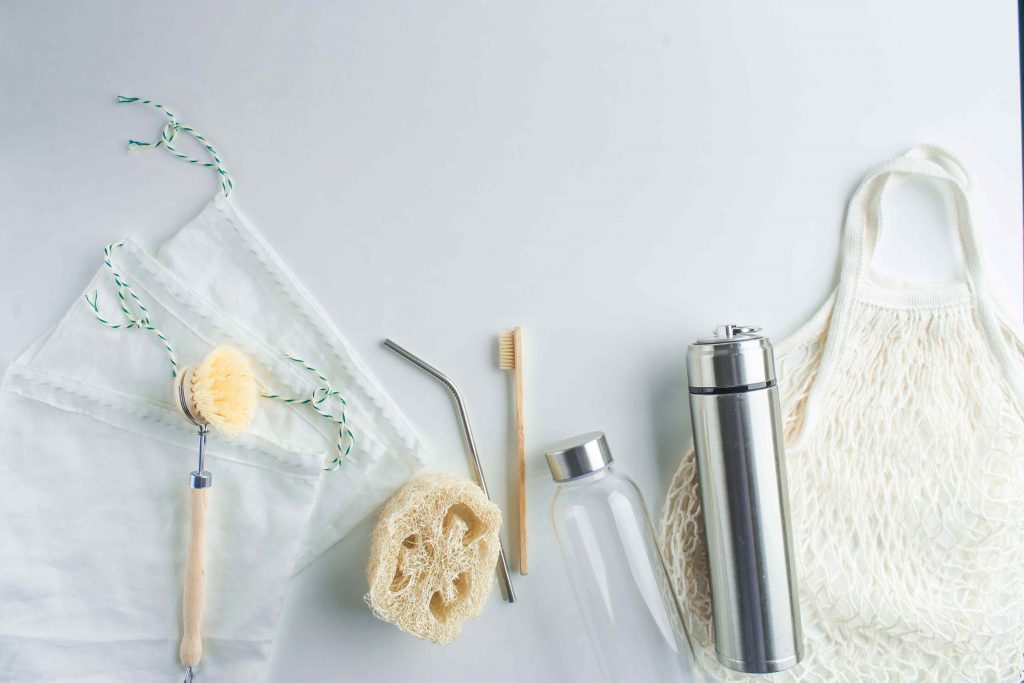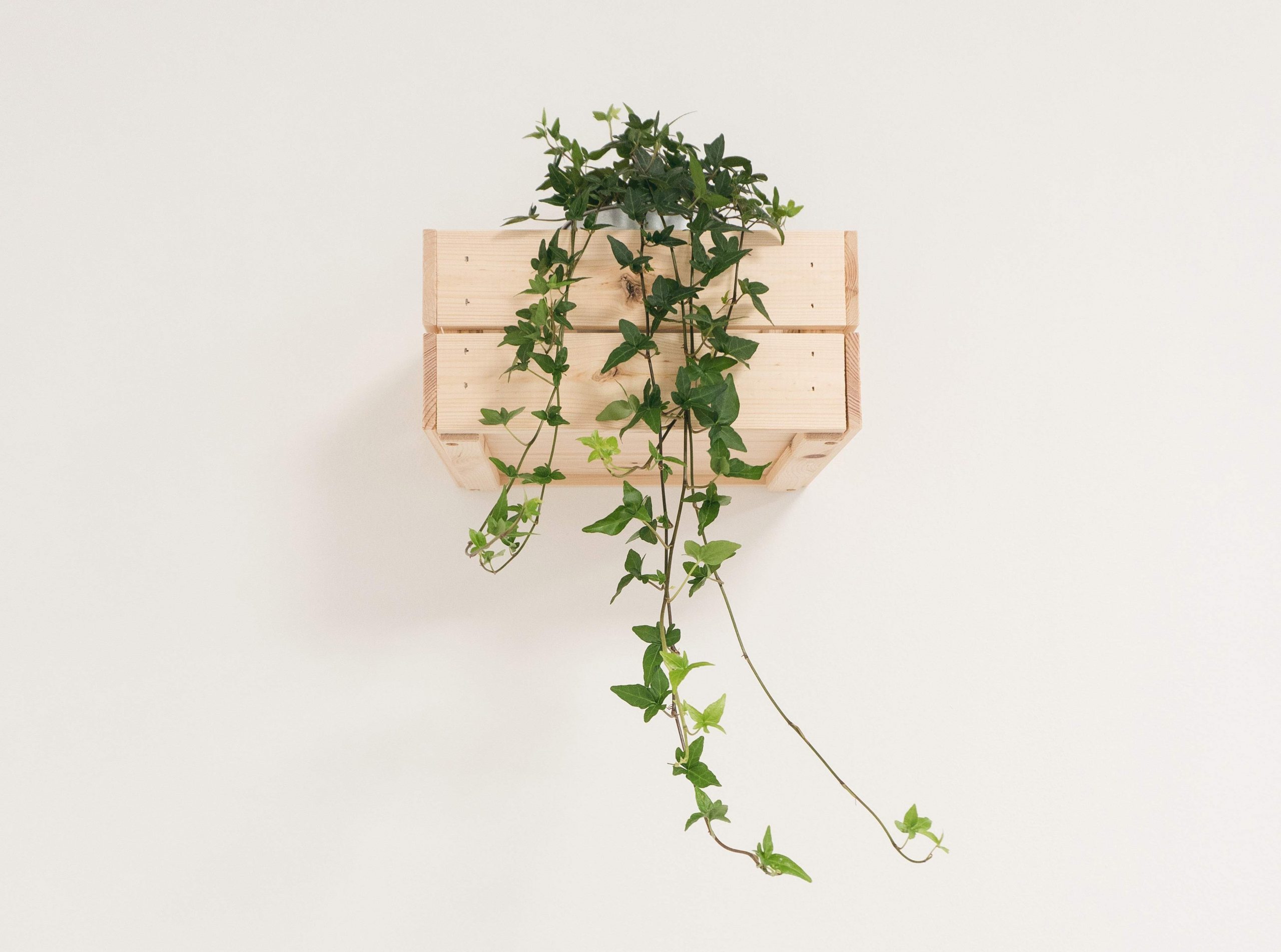In a world that prioritizes economic growth over sustainability, it’s almost impossible to avoid waste in our daily lives, but the zero-waste movement is gearing up to make it possible.
While it’s not always easy to shift our current habits and decide to actively choose more sustainable options, there are plenty of ways to start working towards that goal. Plus, whether it’s something small like switching to bamboo toothbrushes or something bigger like regularly shopping at a zero-waste grocery store, that journey is always filled with new and exciting experiences (and products!).
It doesn’t matter if you’re taking your first tentative steps toward a zero-waste lifestyle, or you’re already a practitioner, it’s always good to keep identifying and examining your waste generation to find new ways to minimize it. So, whether you’re feeling overwhelmed by the options of zero waste products currently available, or you’re simply looking for a little inspiration, we’ve compiled some of the best zero waste tips to get you started. Read on and discover easy ways to get started going zero waste today.
How to start going zero waste
Beginning your zero-waste journey starts with taking a long hard look at your current habits, consumption, and waste generation. However, this isn’t entirely confined to your trash. The zero-waste system also encompasses your energy consumption and the ways you travel among many other aspects.
By examining your life from a zero-waste perspective, you can identify the places where waste can be minimized or cut out entirely. Recording this information is a good place to start, and by building lists and compiling notes, you can keep a running record of your patterns of behavior that can be used to help to work towards a waste-free lifestyle.
![]()
Do your research
What is realistic for you and your current lifestyle? Many people are quickly overwhelmed by the idea of zero waste and end up trying to do too much at once. This can lead to giving up, causing unnecessary stress and frustration. As the saying goes, you need to learn to walk before you can run.
Make a list of your weekly grocery shopping, look at where you shop, what you buy, and the types of packaging found in your favorite products. At the end of each week, take stock of your trash bags and recycling containers and make a note of what you throw out. Learn about the proper methods of recycling and look into home composting, vermicomposting, or Bokashi techniques.
Bea Johnson, one of the biggest proponents of the zero-waste system, identifies an expanded version of the three R’s to help you do this. Refuse, Reduce, Reuse, Recycle, and Rot, while the Zero Waste International Alliance pushes the concept even further. Take some time to learn about zero waste and identify the small changes you can make that will lead to big change.
Take a carbon footprint quiz
Zero waste also extends to your energy usage and other aspects of your lifestyle, so measuring your carbon footprint will give you a better understanding of what areas you need to focus on in order to reduce your consumption. The EPA offers an excellent tool for estimating your carbon footprint, although the Footprint Calculator also offers plenty of insights into your environmental impact.
Look at your daily habits
Take a minute to think of actions you can take to reduce your impact. Maybe you forget to turn your lights off when you leave a room or perhaps you often use the car when there are perfectly good public transport options—remember, reducing your impact on the environment can quickly add up when you rethink your consumption.
Expand your existing zero waste practices
You might not realize it, but you probably implement some zero waste practices in your life already. It might be reusing newspaper to clean your windows, using tin cans as planters, upcycling or downcycling old clothes into new DIY bags or rags—whatever it is, you should take the time to identify those activities and see if they can be expanded to other parts of your life.
Easy ways to go zero waste – The basics
Once you’ve identified and recorded your existing waste generation, you can begin to introduce sustainable practices into your day-to-day. If you start simple, then you can gradually build on that foundation and introduce more sophisticated zero-waste lifestyle changes as you progress. Here are a few easy ways to go zero waste.
Reusable bags

Ditch the plastic bags for good and stock up on reusable shopping bags. Carry extra totes in your car and set a reminder on your phone when you plan on going to the grocery store, so you don’t forget to bring them inside or simply skip the bags and load purchased groceries directly into your car. It’s also a great idea to carry a foldable bag like a Chico Bag with you at all times for quick trips and everyday use.
If you want to take it a step further, add in some reusable produce bags. These are a great replacement for the plastic produce bags, with the added bonus that they’ll also help keep your produce fresh longer.
Reusable water bottles
 This one is a given, and everyone seems to have one, but nonetheless, using your own water bottle is a great start to your zero waste journey. Keep one on hand or in your bag so there’s never any need to buy a disposable water bottle.
This one is a given, and everyone seems to have one, but nonetheless, using your own water bottle is a great start to your zero waste journey. Keep one on hand or in your bag so there’s never any need to buy a disposable water bottle.
Reusable containers

Whether it’s for your lunch or to store food in the cooler or cabinet, reusable containers are the cornerstone of a zero-waste lifestyle. Ideally, they should be stainless steel or glass (glass jars or mason jars, for example), however, at a push, you can also use plastic containers as long as they can be washed, used multiple times, and are recyclable.
BYOU (Bring Your Own Utensils)
Alongside your own containers, don’t forget to bring your own set of bamboo utensils and cutlery. Whether it’s for a picnic or you’re ordering takeout, this will reduce the need to use disposable cutlery and help cut down on single-use plastic waste. It’s also handy to carry these around for outings with friends and family and serves as a great conversation starter to turn on people to zero waste.
Plan meals
 If you don’t have access to your own composting facilities or curbside collection in your area, planning your meals on a weekly basis is an effective and easy way to reduce food waste.
If you don’t have access to your own composting facilities or curbside collection in your area, planning your meals on a weekly basis is an effective and easy way to reduce food waste.
Pick a day to dedicate to meal planning. Put on your favorite podcast or audiobook while you scroll through Pinterest for new recipes. Save (or pin) those recipes for quick reference and make a list on your phone of the ingredients you’ll need to buy in order to assemble meals for the week.
If you stray away from your planned meals, that’s okay! The point of meal planning is not to limit yourself but to help make you aware of what you really need to buy on a weekly or even bi-weekly basis.
Zero waste shopping
While cutting down on waste goes hand in hand with consuming less, the good news is that zero waste living doesn’t completely rule out shopping. It simply asks that you re-evaluate what you need and where you buy it from. For example, you can easily cut out a lot of plastic waste by using your local farmers market rather than the supermarket—just remember to take your reusable produce and shopping bags!
Alternatively, zero waste stores are now becoming increasingly popular, and there’s likely one in your area. This type of store makes it easy to buy food in bulk while also giving you access to a wealth of products for your zero waste home.
Look for items such as reusable paper towels, toothpaste in reusable glass jars, natural deodorants, plastic-free safety razors, beeswax-based replacements to plastic wrap, reusable menstrual cups, zero-waste shampoos, conditioners and soaps, and of course, zero-waste cleaning supplies and equipment such as bamboo cloths or hemp towels.
Today, the choices are endless, and if you can think of it, then there’s probably a zero-waste version of it! And remember, there’s no need to buy everything at once—just wait until your supplies run out and then replace them as you need them.
How to go zero waste on a budget
One of the issues surrounding the developing zero waste movement is that the costs of buying new products can very quickly mount up. However, it’s still possible to start going zero waste even if you’re on a budget. In fact, one of the great things about the movement is that it’s all about reusing wherever you can.
Thrift stores and second-hand shopping
Clothing
There are many great resources like ThredUp, Poshmark, and Depop that allow you to sell and buy lightly used clothing for a fraction of the cost. You’ll always find really unique pieces which is an added plus!
Home décor
Surprisingly, Instagram is one of the best resources for second-hand home décor. Larger items are usually only available for local pick up, but many stores offer to ship as well. Try searching the following hashtags: #thriftfinds, #thriftyfinds, #thriftshop.
Entertainment
Some things are always on-trend, and there’s nothing quite like a classic novel or slab of vinyl to brighten up your day. Thrift stores are the perfect place for these, although you can also find second-hand media on places such as Amazon, eBay, Discogs, GoodReads, and your neighborhood little library.
Gifts
Etsy is a great resource to find all types of thrift items from art to home décor—and everything in between. There are countless artists to explore and is a perfect place to find a gift for a loved one!
How to go zero waste — DIY ideas
The fun doesn’t end with thrift stores. Getting your hands dirty with a little DIY is another easy way to go zero waste. Whether you’re on a budget or you’ve got cash to spare, the possibilities are endless, and your imagination is the only limit.
One of the key components of the zero waste system is the idea that we should reassess our perspective of waste, viewing “trash” not as something to be discarded but as a resource in itself. This means you’ll instantly have a treasure trove of craft supplies just waiting for your next design.
Of course, we’re sure you’ll already have plenty of ideas for those empty paint cans, old toothbrushes, and broken terracotta pots. However, if you’re looking for a little inspiration, then sites like Upcycle That, Recyclart, Kitchen Stewardship, and Instructables are great resources for any aspiring zero waster.
Keep up with the zero-waste movement
The zero-waste movement is constantly expanding and evolving to meet our fast-paced economy, adapting to new waste streams and lobbying to reduce our waste at all stages of the chain. So, whether you’re asking how to go zero waste at home, in the office, or for your business, it’s important to keep up with the latest systems and ideas.
Subscribe to zerowaste.com today or chat with one of TRUE Advisors to get more insight on how your business can work towards zero waste. Alternatively, keep checking back here for simple zero waste ideas and guidance!
*We only feature products that we recommend and believe help you on the path towards a zero waste lifestyle. This post contains affiliate links – If you click on an affiliate link and make a purchase, we may receive a small commission at no additional cost to you. See our full policy here.*






